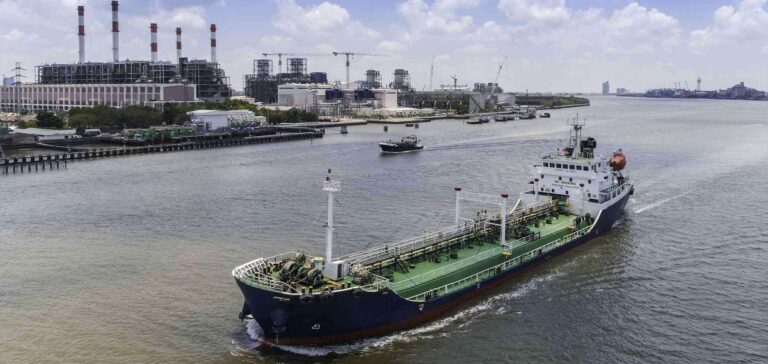Freight rates for the Gulf Coast’s main clean tankers rose by 22% to Chile, 25% to the Caribbean and 38% to Brazil on April 5.
The reasons for this increase in freight rates
The cost of transporting cargoes of clean petroleum products on interregional routes in the Americas has skyrocketed. It has surpassed the levels seen at the height of the pandemic floating storage boom in April 2020. 200 million barrels of crude had been placed in floating storage, representing 5% of the world’s tanker fleet.
A number of factors have led to strong demand from charterers. On the one hand, increased demand for power generation and reduced refinery utilization rates. On the other hand, increased demand for diesel during the harvest season in Argentina and Brazil. As a result, rising demand quickly exhausted the tonnage of mid-range tankers on the US Gulf Coast.
A shipowner declares :
“There are no more tankers left to load quickly, the charterers have been trying to stay ahead of the curve, so they’re looking further out, until the second half of April.”
Charterers look for solutions
Charterers, pressed by demand, have to find the best time to load their cargoes for travel. A second shipowner commented:
“We used to see cargoes up to five days in advance, now we’re seeing an average of charterers looking to load eight days in advance.”
In fact, no fewer than 11 different cargoes of refined petroleum products were not covered at the end of the April 5 trading day.
To meet this challenge, charterers have chosen to increase the size of their cargoes. Some of them have increased cargo sizes from 38,000 tonnes to 60,000 tonnes. In this way, they hope to ease the pressure on the medium tonnage market. A shipbroker expresses his concerns on this subject.





















